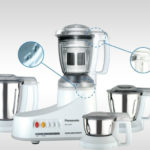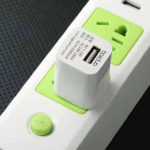While using outdated technology may not directly threaten user safety, it can cause inconveniences and troubles during operation. Let’s go through five household appliances that you should consider replacing if you’ve been using them for a long time.
1 Appliances That Have Exceeded Their Lifespan
Many modern household appliances are designed with a specified lifespan to ensure safety and optimal performance. However, some people tend to use these appliances beyond the recommended duration, which can pose safety risks to themselves and their families.
For older appliances, especially those involving high electrical voltage, temperature, or pressure, continued use after their lifespan has ended could lead to serious consequences such as explosions, electrical shorts, malfunctions, accidents, and reduced efficiency.
Here are two examples of household appliances that should be replaced when they reach the end of their lifespan:
-
Water heaters: Water heaters typically have a lifespan of 7 to 10 years. Beyond this period, internal components may corrode, leading to water leaks or even explosions, which pose a danger to users.
-
Electric pressure cookers: Electric pressure cookers have an average lifespan of 5 to 7 years. Over time, the safety valve and other components may deteriorate, increasing the risk of explosions during cooking.
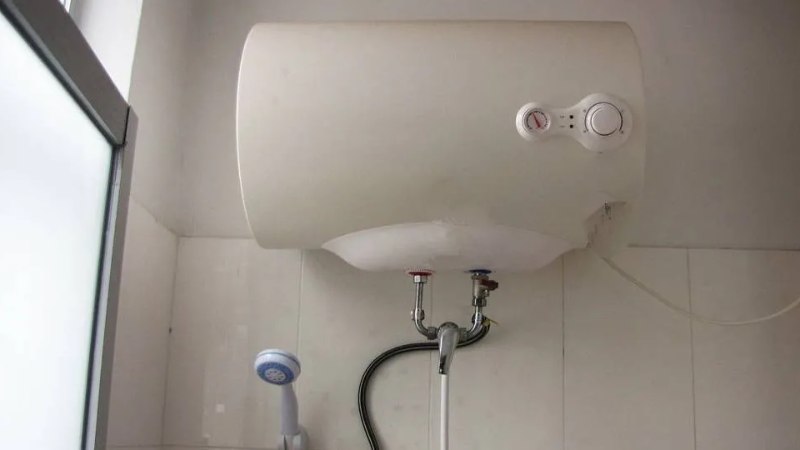 Appliances That Have Exceeded Their Lifespan
Appliances That Have Exceeded Their Lifespan
2 Appliances with Outdated Technology
Although they may not pose immediate safety risks, older electronic appliances can cause various issues that frustrate users during operation. Therefore, upgrading these appliances to newer models with modern technology is an optimal solution that brings numerous benefits.
Reasons to replace outdated appliances:
-
Low operational efficiency: Older appliances tend to consume more energy, leading to higher utility bills and a negative environmental impact.
-
Poor performance: Outdated technology often results in slower operations and limited features compared to newer versions, hindering the user experience.
-
Safety concerns: Some older appliances may have safety risks, particularly those involving electricity or heat.
-
Aesthetics: The designs of outdated appliances are often outdated and unappealing, detracting from the overall space.
Examples:
-
Direct cooling refrigerators: These consume more energy than inverter refrigerators, produce more noise, and do not preserve food as effectively.
-
Traditional air conditioners: These units are energy-intensive, cool unevenly, and offer fewer features compared to inverter air conditioners.
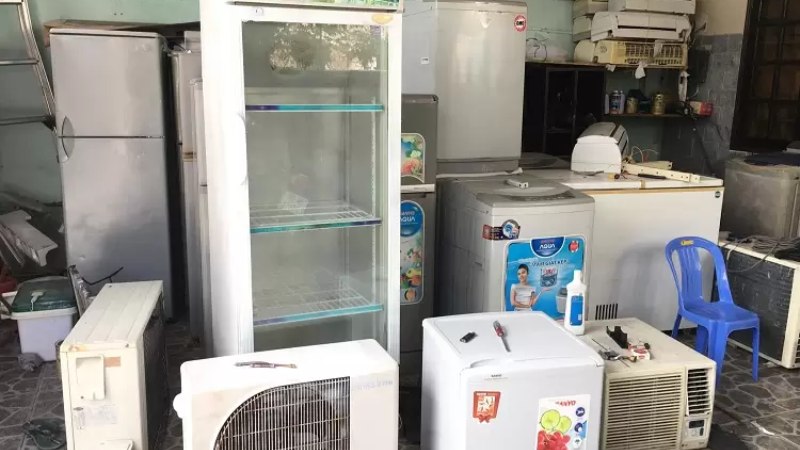 Appliances with Outdated Technology
Appliances with Outdated Technology
3 Appliances Prone to Malfunctions
Using appliances that frequently encounter problems can lead to potential breakdowns, causing safety hazards and costly repairs. Instead, purchasing new appliances is the optimal solution, ensuring safety, saving money, and providing a better user experience.
Reasons to buy new appliances that malfunction:
-
Risk of severe damage: Frequent malfunctions indicate underlying issues, which could lead to more serious problems or pose dangers, such as electrical shorts or gas explosions.
-
Expensive repair costs: Repeated repairs can be more costly than buying a new appliance, especially if the appliance is already old.
-
Inconvenience: Using faulty appliances is time-consuming and disruptive to daily life and mood.
Two appliances to replace when prone to malfunctions:
-
Washing machine: Older washing machines often have problems with the spinning mechanism and drive belt, resulting in loud noises, ineffective washing, and insufficient water extraction.
-
Rice cooker: A faulty rice cooker may produce undercooked, overcooked, or unevenly cooked rice, affecting the quality of meals.
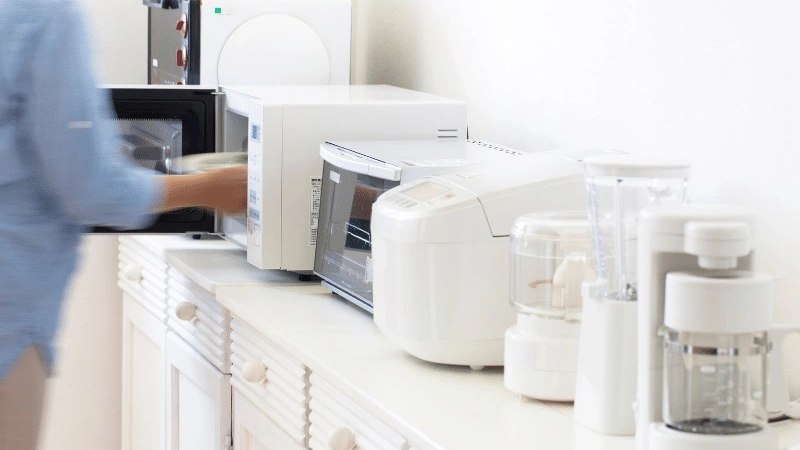 Appliances Prone to Malfunctions
Appliances Prone to Malfunctions
4 Appliances That Do Not Meet New National Standards
Using household appliances that meet national standards is crucial for ensuring user safety and preventing potential risks. However, not all appliances in a household may comply with these standards.
National standards for household appliances include regulations on manufacturing, safety, and usage. These standards are based on scientific and practical assessments to guarantee quality and safety for consumers. However, during use, these standards may be updated to align with reality and meet the evolving needs of users.
For appliances that no longer meet the latest national standards, replacement is necessary to ensure the safety of your family. For instance, modern gas stoves are equipped with safety features such as automatic gas cut-off systems and dry-burn prevention sensors, reducing accident risks compared to older models without such protections.
Therefore, consumers should stay informed about the latest national standards for household appliances and proactively replace outdated appliances that do not meet these standards to protect themselves and their families.
 Appliances That Do Not Meet New National Standards
Appliances That Do Not Meet New National Standards
5 Appliances That Cause Hassles During Use
For appliances that cause inconveniences during operation, instead of attempting repairs or continuing to use them, you should consider timely replacements to avoid affecting your daily life.
A classic example is cheap robot vacuums. In my experience, I bought a low-cost robot vacuum but was extremely disappointed by its performance and the hassles it caused. The robot frequently got stuck while operating, and its cleaning effectiveness was poor. It couldn’t even remove small fibers from the floor. So, I decided to discard it.
 Appliances That Cause Hassles During Use
Appliances That Cause Hassles During Use
The above list summarizes the household items you should discard, even if they are still functional or do not have any immediate issues affecting you. Stay tuned for more useful information.
Explore 12 Amazing Destinations for Biking Trips
Unlock Vietnam in a brand new way with an exciting biking tour! Discover the stunning beauty of the country with Dien May XANH’s top 12 must-see destinations. From sweeping plains to clear blue beaches and mountainous vistas – experience all the sights with your own personal cycling tour. Find your ideal route and set out for an adventure today!


























